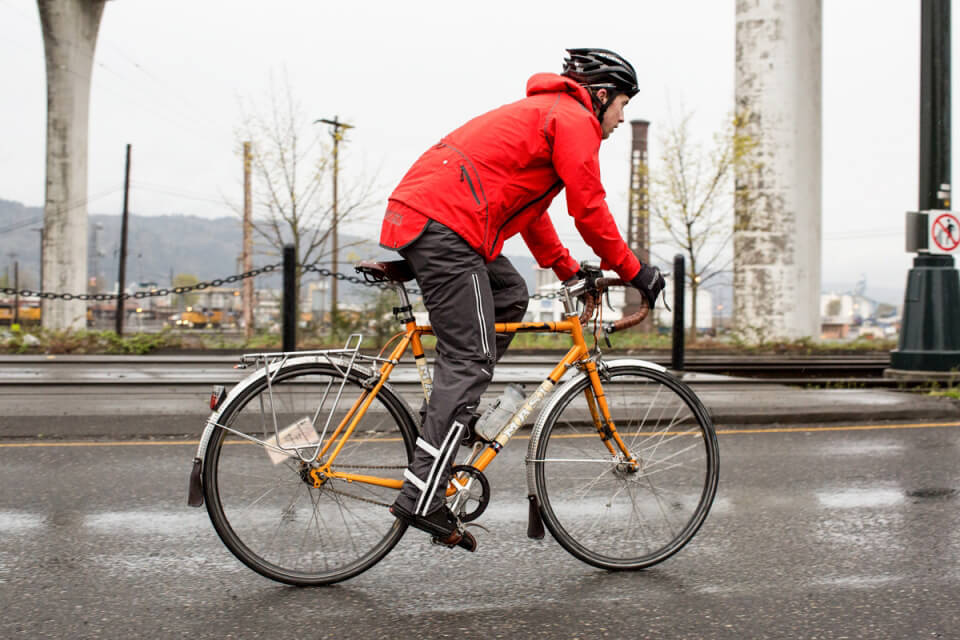
Rainy season is upon us! Thanksgiving is in the rearview and the Pacific Northwest sun has gone into hibernation until sometime next Spring. Although the world is at a stand still with the pandemic, many Northwesterners still rely on cycling as their primary form of transportation. This season is a trial and testament to those willing to stick it out on the metal steed, but there are a few things everyone can do to ensure cycle safety and the longevity of their bike during the inevitable rainy season. Here is a list of a few things to do to keep your bike PNW winter certified.
Fenders/Lights
Fenders are essential when it comes to winter riding in the Northwest. Well-fitted fenders help combat the spray of water, which can help reduce wear on your bike’s essential parts. You’ll also be safe from the embarrassing “skunk stripe” that plagues many people without fenders.
Lights are also among a top necessity, if not the biggest. The sun begins to set as early as 4pm, and even before then visibility is hindered for most cyclists and drivers. A light mounted to the handlebars and a rear light mounted somewhere on the seatpost or fender are mandatory for winter riding. Reflective riding gear and helmet-mounted lights should also be on the list for your consideration.
Tires
Riding in the rain is already a pain. Pulling over in the rain to fix a flat tire can make it even worse. With the wetter weather, more things are prone to sticking to tires, and your bike can pick up all sorts of nasty junk on the streets. Wiping your tires done with a rag after every ride can help remove unnecessary grit and grime, as well as helping you spot anything more dangerous your tires may have picked up.
A general tire inspection before each ride can help lead to overall safety. A general rule of thumb is to check your tire pressure at least every two weeks, as tires tend to lose a pound of pressure each day. Also checking the tread of your tires can help the overall stability of your rainy rides.
Cleaning/Maintaining Parts
As with the tires, the drivetrain of your bike will collect more gunk than usual in wetter conditions.You can clean most of the following parts with the same approach as your ties; a clean rag.
First and foremost is checking your brakes. Brakes are more prone to wear in the winter months. The easiest way to check is to routinely try hard stops (in a safe environment), and if the motion requires a harder pull or doesn’t immediately stop the bike, it’s safe to bet that brake pads need to be replaced. This is applicable to all styles of brakes.
Finally comes the chain of the bicycle. Since this part moves and connects to other parts of the bicycle, it can end up causing the most harm if left unchecked. Road grit left in a chain can end up rubbing down not only the chain itself, but also causing a harmful sandpaper effect on the rest of your drivetrain. The same rule applies as before; wiping down after each ride can be the most life extending measure taken. Lubricating the chain also extends the life of your parts, and can ensure a smoother ride. Don’t make the rookie mistake of skipping the initial wipedown of your chain before lubricating, though. Over lubing a chain can act as a magnet to unwanted grime.




